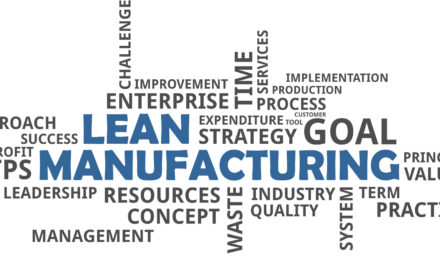For some people in the pharmaceutical business, the concept of a Lean Laboratory is only a trend that will soon pass. However, far from being just a momentary trend, it made the whole industry conscious of how much time and resources were wasted because of poor organization and analysis. Nowadays, the differences between lean laboratories and conventional ones have become enormous, especially in terms of productivity and efficiency. Results corroborate that conventional laboratories have at present only two choices left: embracing change or disappearing.
But, what are the issues forcing conventional labs to fall behind? Here is a list of the main negative points, as identified by life sciences consulting firms.
LACK OF FOCUS: Test routing can be variable and depend on product type and/or intended market. There is no control of the progress of individual samples as the focus is in test accuracy or individual test run efficiency.
LONG AND VARIABLE LEAD TIMES: “Efficient test runs” cause the delay of sample testing results. Before the tests are performed, an important amount of samples have to queue for a long time until the right amount of similar samples arrive.
INEFFECTIVE “FAST TRACK” SYSTEMS: There is clearly a problem in prioritization of samples. Fast track systems were originally designed for urgent results, but as the amount of prioritized samples is excessive, the system becomes clearly ineffective.
HIGH LEVELS OF WORK IN PROGRESS (WIP): Too much time spent in controlling, tracking, and prioritizing samples and/or designing analyst work. You can try to optimize time by investing in IT tools, but that doesn’t solve the problem. The solution? Re-engineering the whole process.
VOLATILE INCOMING WORKLOAD: It’s difficult to understand the capacity of a laboratory, as the workload is generally unpredictable. Peak moments with high productivity but poor lead performance are followed by dramatic dips with very low productivity. Stabilizing the incoming workload is a key issue here.
Lean laboratories win the first battle by defining clearly what the value add and non value add activities are, as well as providing clear maps of the overall process, so there is logic in whatever part of the lab process people are participating. By leveling the workload and the mix of samples as well as eliminating non value add or incidental tasks, they improve efficiency. By managing performance in every part of the process (using KPI’s), they keep control over all lab operations, all the time.
How can conventional laboratories fight that? Apparently, to stay in the market they have only one solution: change. But no generic approach will provide good results, unless they perform careful analysis of all lab activities and they undergo a complete re-engineering process with the help of a pharmaceutical consulting firm. The process will involve changing the minds of those involved, too. Only lean analysis specialists will be able to identify clearly the key issues in all areas, and provide the most adequate solution. Conventional laboratories must then lay back and stick to the old saying: “if you can’t beat them, just join them”





